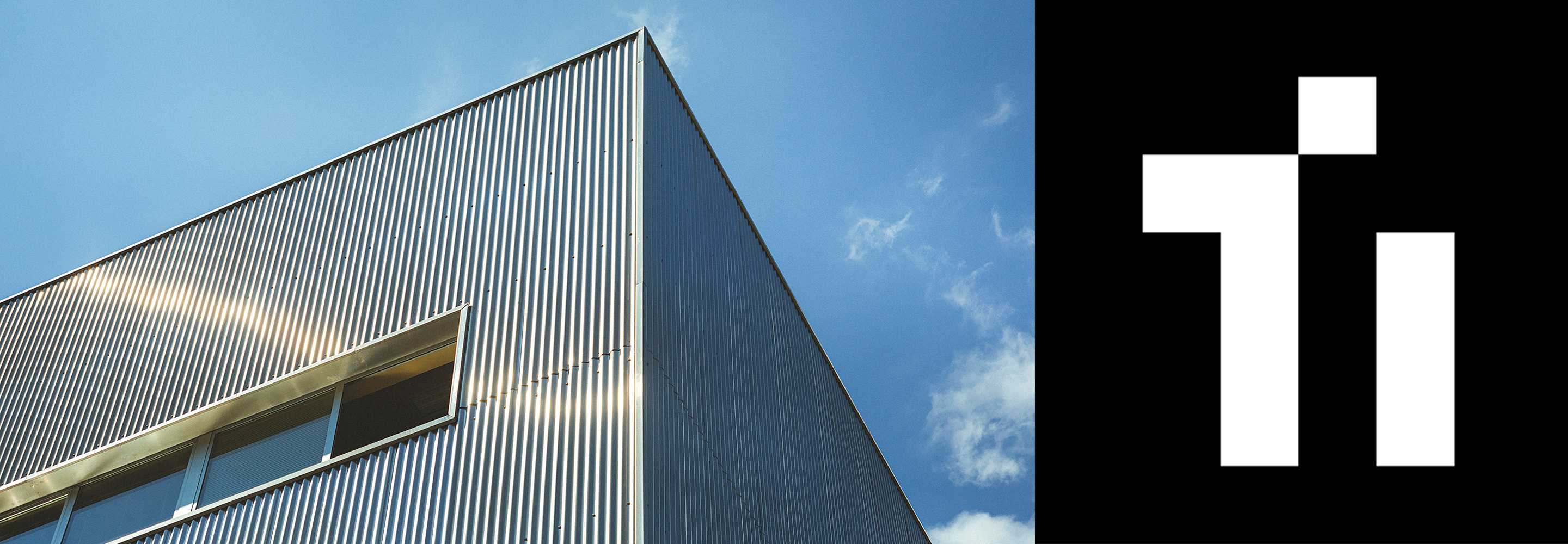
Doctoral Meeting: 'Line-based Structure-from-Motion'
Fetching an usable representation of the scene is crucial, and the result compromises the success of ongoing mission specific analysis. A proper representation of the environment eases the programming of autonomous movement routines, by identifying its location in space, finding obstacle-free trajectories, or learning movement routines. In this work, we consider the first stage of computing structural 3D information from multiple views of an environment of interest. Most of the works in this context are matching feature points primitives. Our work is based on straight line segments, and we are comparing our results with other state of the art methods.
The presentation goes through the detection of straight segments on an image, their characterization and the search for their counterparts on other images. It is followed by a quantitative comparison of the results against state-of-the-art matching methods. An overview of the estimation of spatial lines by linear projection is presented. The final part is a quantitative comparison with other state-of-the-art Structure-from-Motion methods.
On-site event
/events/doctoral-meeting-line-based-structure-from-motion
events_en